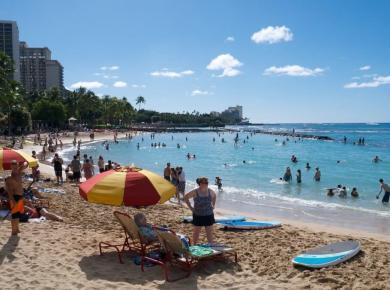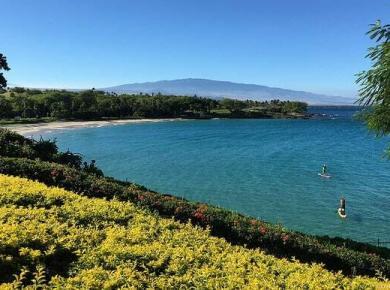In follow up to the tips for planning your trip to Hawaii article, I want to expand a bit about guidebooks. I recommended the “revealed” guidebooks. These are the guidebooks that I have consistently used over the years. I checked with Amazon.com, and it seems that I am not alone. All the “revealed” guidebooks have 4.5 stars or higher and many reviews. I also know people who live in Hawaii that use the “revealed” guidebooks to explore their islands.
Though I have found the “revealed” guidebooks to be very useful, they aren’t perfect. You may recall that I cautioned to “bear in mind that no guidebook is 100% accurate”. The truth is that there are no perfect guidebooks. Guidebooks are inherently flawed and here is why:
1. Guidebooks are written by people
- People have opinions. Two people could go on the same tour and one person would love it and the other hate it. The cliche, “beauty is in the eyes of the beholder” comes to mind. Guidebooks are full of opinions. When you buy a guidebook, you’re basically buying someone’s opinion. Even though I have found the “revealed” guides to be very useful, I still find points with which I disagree.
- People are imperfect and since guidebooks are written by people, they are going to be flawed, too.
2. You must use your own judgement.
- Some of the criticism that I’ve read about the “revealed” guides is that they have encouraged people to trespass. I absolutely do not condone trespassing. There has been a time or two that the revealed guidebook has led us down an unbeaten path and we discover no trespassing or private property signs. We have always honored those signs and turned around. There has been another time or two when we followed the directions to a point that appeared to be private property, but no signs. In that case, we also turned around. When in doubt, it’s best to be safe and move on to something else. It’s not like there’s nothing else to do in Hawaii.
- In some of our travels around the world, we’ve used some guidebooks that put us on wild goose chases. Once on Bora Bora, we were looking for a road to take us to a trail head. The guidebooks’s directions said to look for two side by side telephone poles. We drove past the telephone poles three times before we discovered them. We ended up wasting a lot of time trying to find this trail that ended up being not so great. So, sometimes, you need to stop and determine if the twisted paths and confusion is worth the effort.
- You must also know your own physical limitations and check current safety conditions. The revealed guidebooks sometime suggest hidden beaches and swimming holes. Conditions change and it is best to check the Hawaii Beach Safety web site for updates. Their slogan is “When in doubt, don’t go out.” Maybe I’m too big of a chicken, but I’d rather not go swimming at a remote beach. If I’m swimming at a secluded beach and I got caught in a current, who would notice?
3. Things Change
- From my travels to Hawaii over the years, I’ve found some businesses that are well established and have consistently good service. I’ve also been to businesses that were once wonderful, that the don’t live up to their previous high standards. Restaurants, tours, and hotels open and close all the time. A business that may have previously been horrible makes improvements and deserves a glowing review and vise versa. As soon as a guidebook goes into print, some parts of it are obsolete.
- Weather conditions may make some areas inaccessible. Some lesser traveled paths may not be detectable after plants and shrubs grow. If you encounter a path that is difficult to find, move on to something else. There are so many wonderful state maintained trails that you really don’t need to find some hidden path.
The bottom line is that the vast majority of guidebooks have very useful information, but there are some rare times that you need to used your own judgement and not take the guidebook as gospel.





